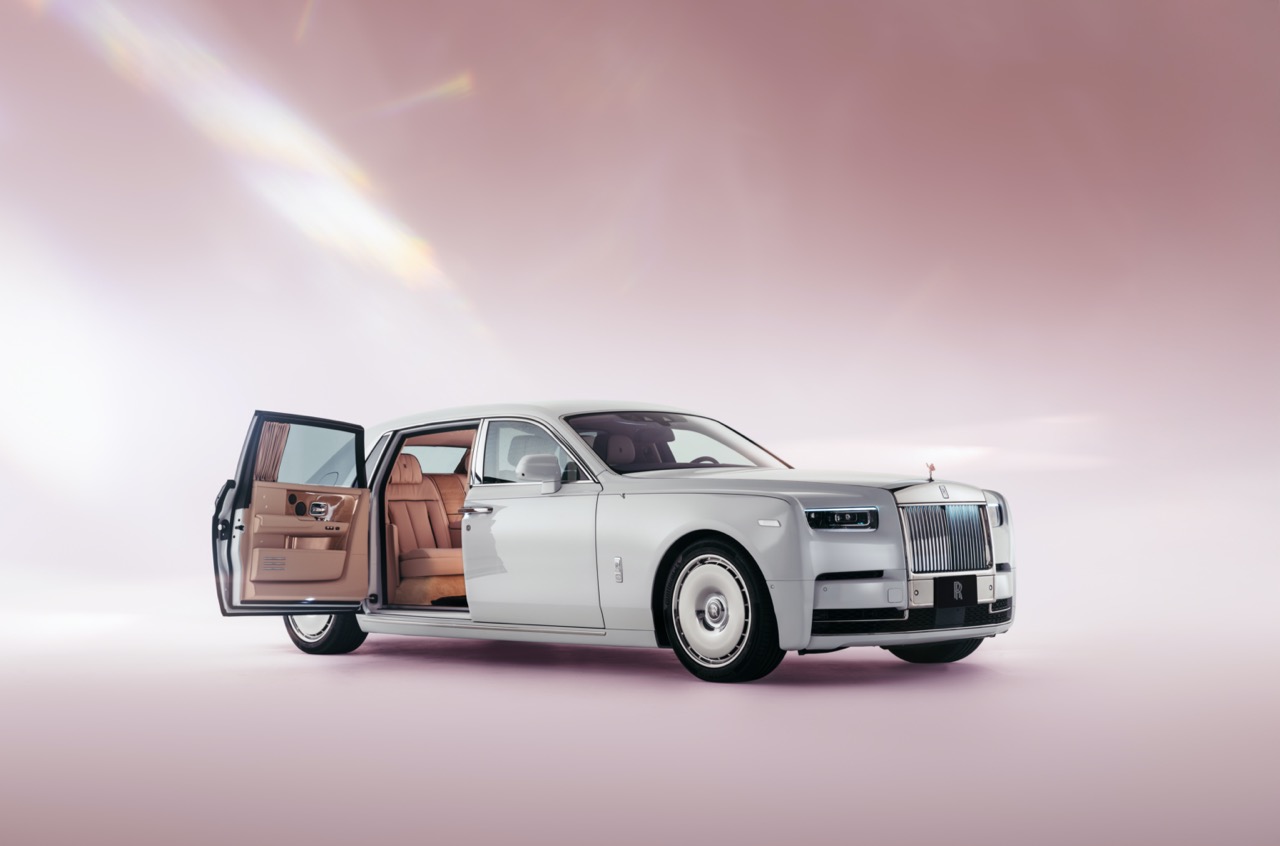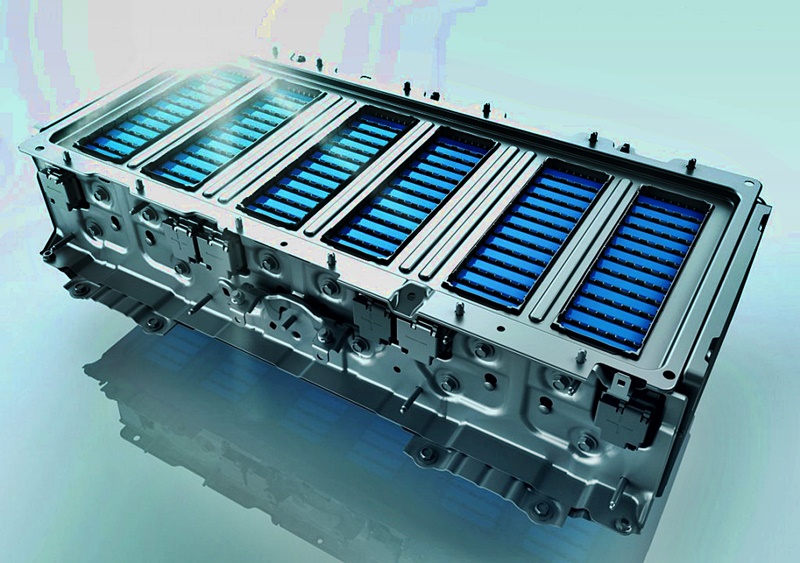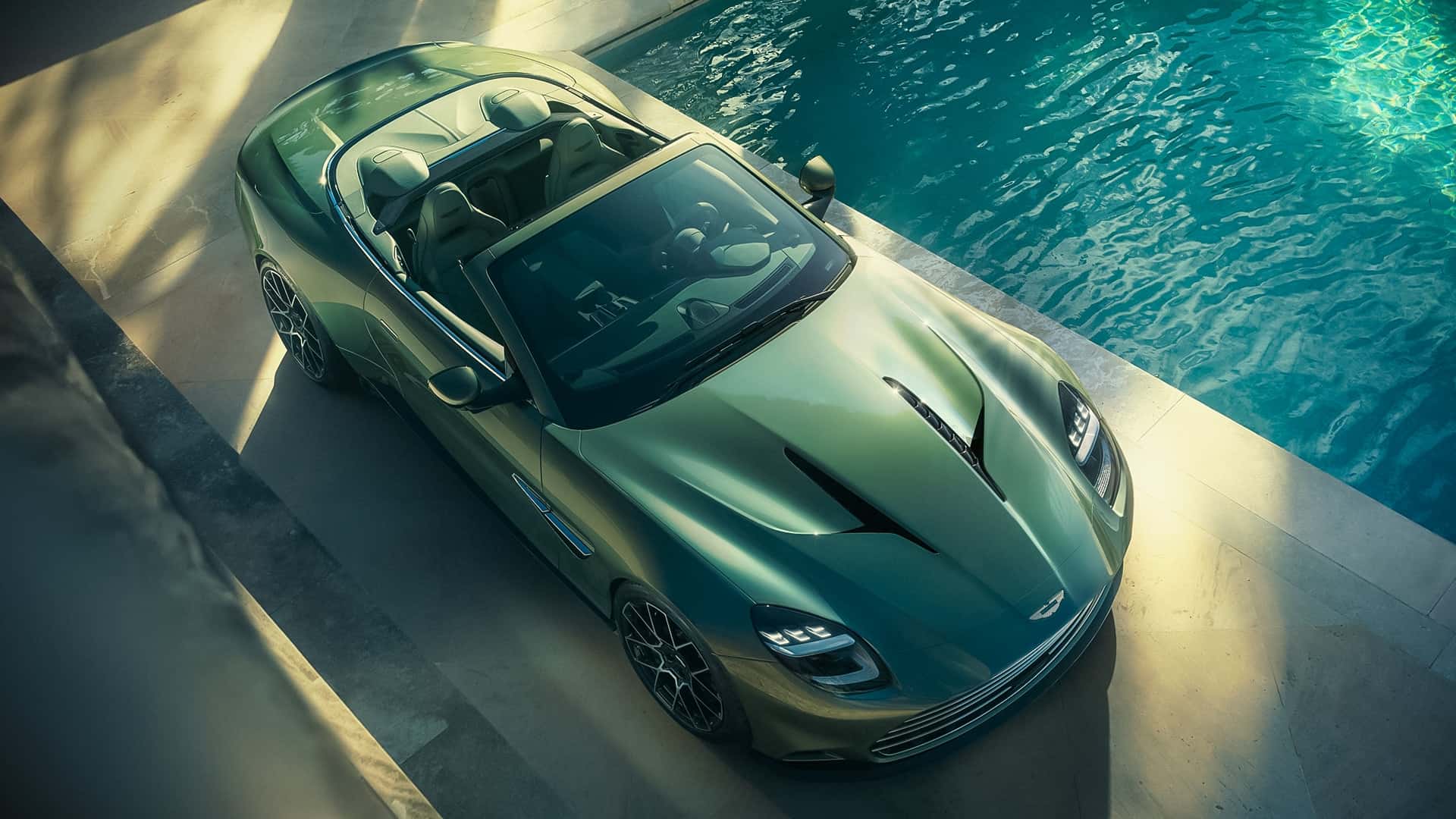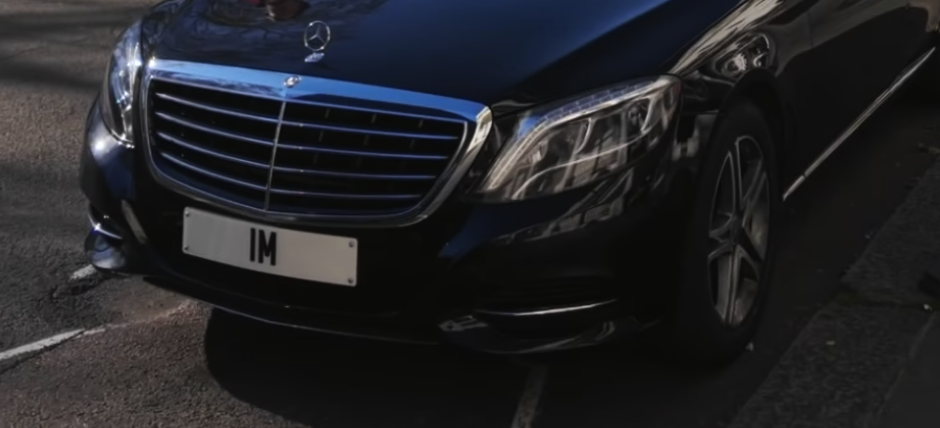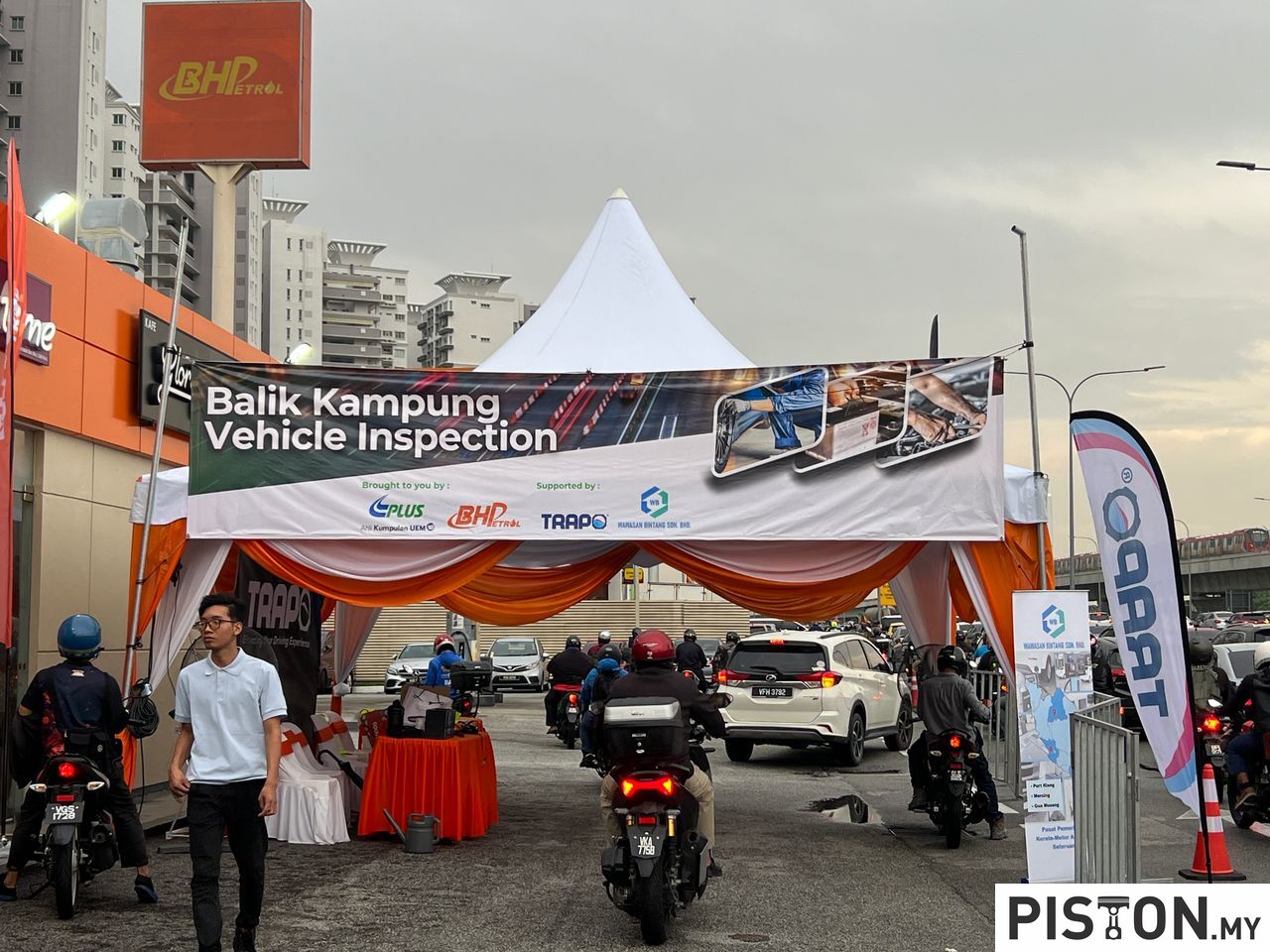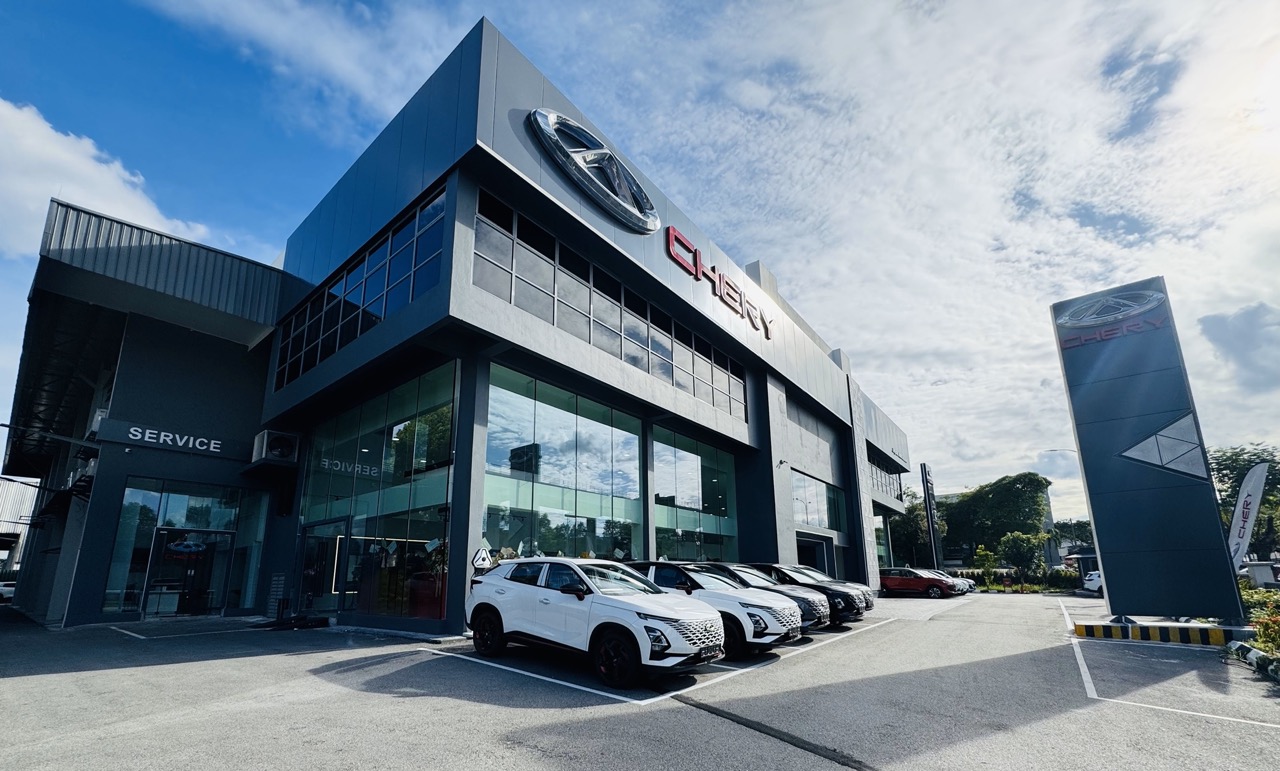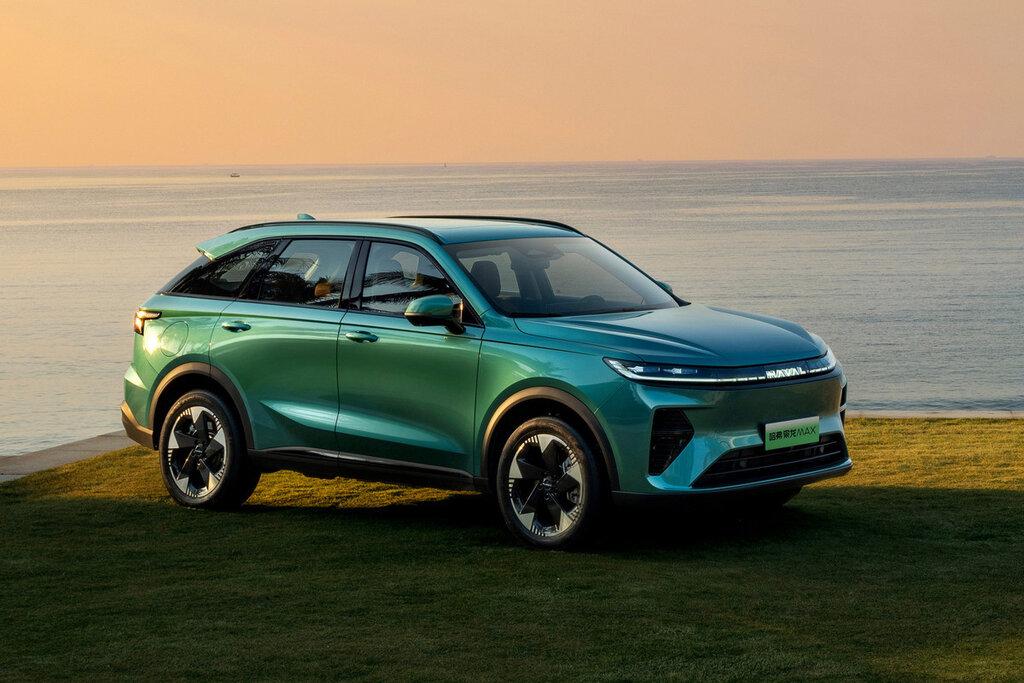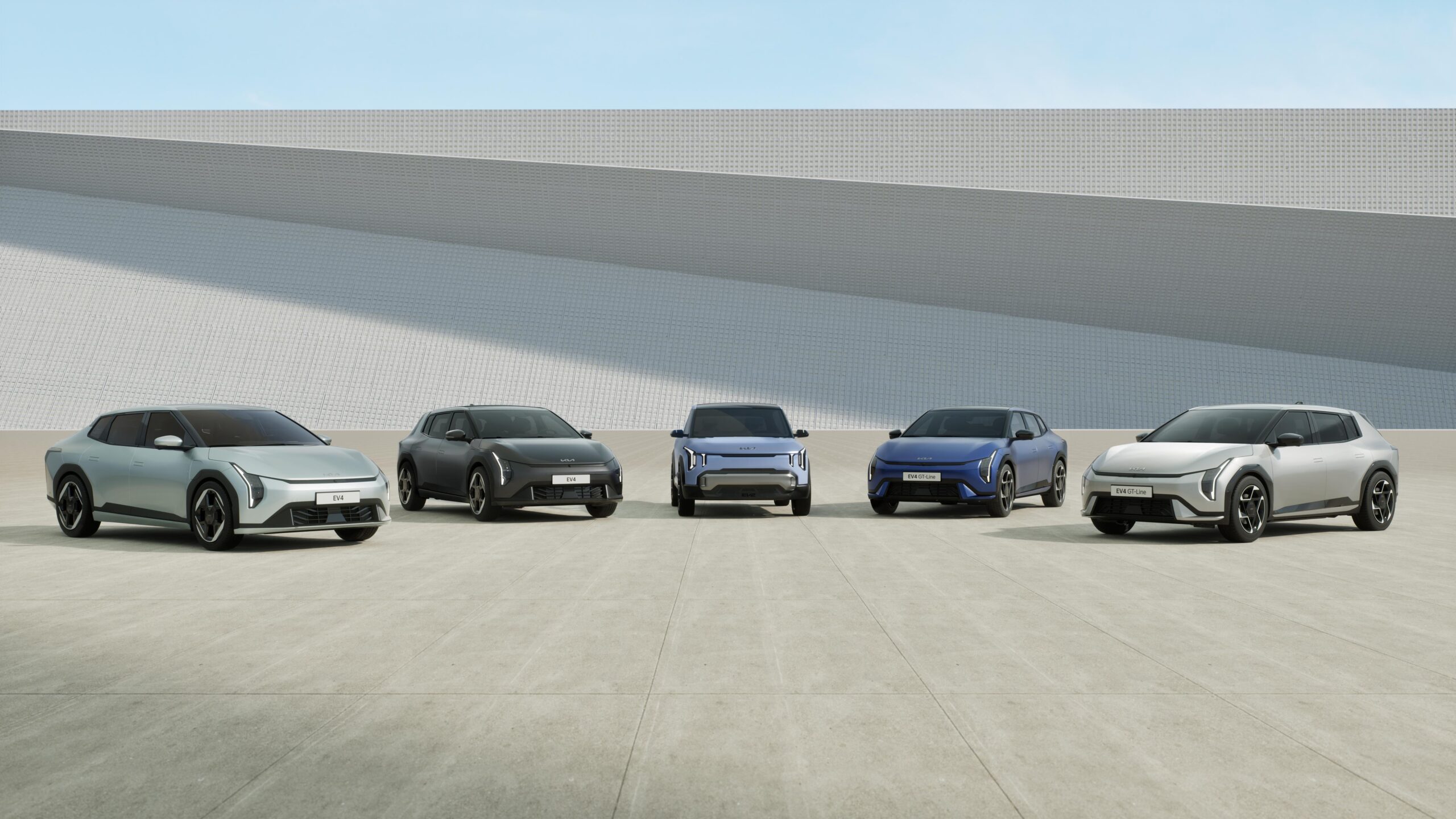For the 2024 fiscal year, it is predicted that the implementation of the automotive agency model will result in lower orders and deliveries in the automotive and auto parts industries, as well as resurrected worries about the automotive supply chain.
With effect from July, Mercedes-Benz has a contract for this strategy with its Malaysian retail partners, Hap Seng Star and Cycle & Carriage. On the other hand, Volvo has also adopted this model and is currently offering electric automobiles for direct online purchase in Malaysia. There is no longer a need to go through a dealer.
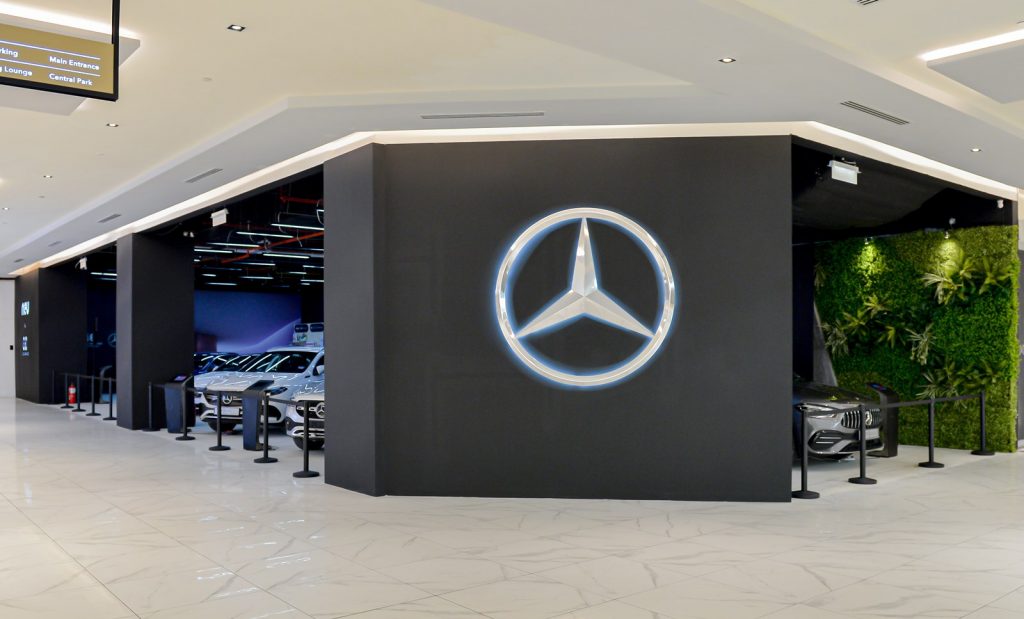
Based on RHB’s analysis, among various brands, BMW and Porsche are potential candidates for implementing the agency model in Malaysia because they either have done so elsewhere or want to do so.
According to NST, while dealerships are expected to maintain a role within the evolving framework, there may be a slight decline in their earnings.
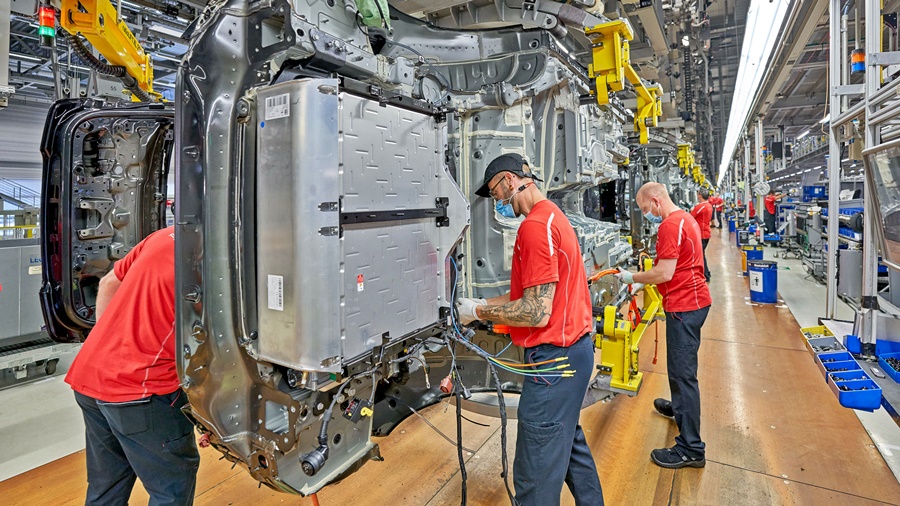
According to a recent report by a research house, the new model could potentially impact Sime Darby’s motor business the most, with 45 percent of SIME’s FY23 EBIT at risk, especially as European car brands are more likely to adopt this approach in the near future.
Taking the lead, Hap Seng Consolidated Bhd’s subsidiary, Hap Seng Star, is set to initiate the agency model in collaboration with Mercedes-Benz Malaysia, commencing in September.
In contrast, the Japanese automotive brands have displayed less enthusiasm in swiftly embracing the agency model.
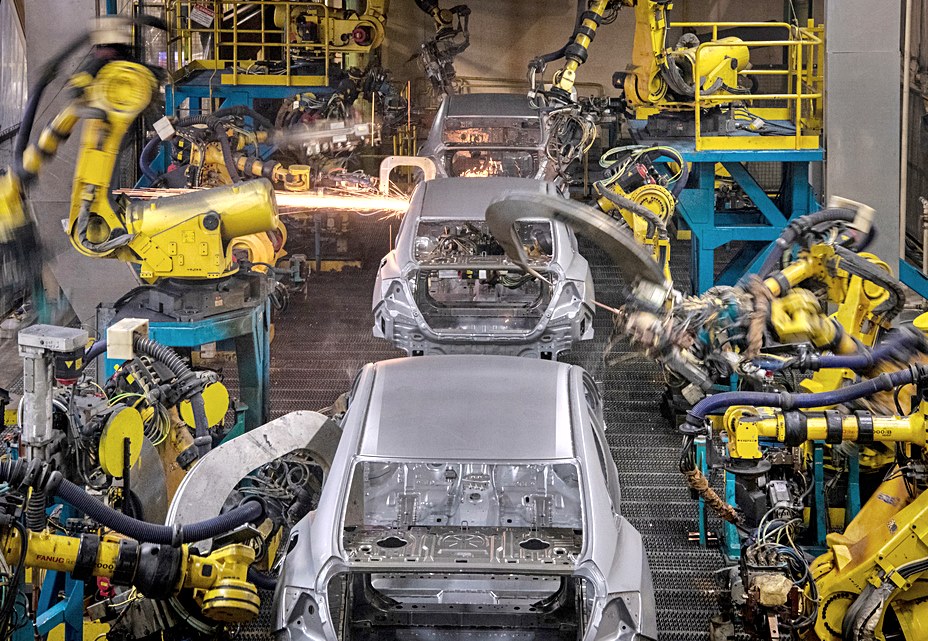
Under this agency model, original equipment manufacturers (OEMs) would engage directly with customers. These customers have the option to purchase vehicles through the OEMs’ official websites or by placing an order through authorised dealers.
The significant differences lie in terms of pricing, fee structures, and risk allocation. Dealers no longer possess the authority to determine vehicle prices. Instead, cars are to be sold at prices dictated by the OEMs.
The research house highlighted that dealers no longer accrue a dealership margin since they no longer purchase inventory from the OEMs or shoulder the associated inventory risk.
The shift towards this model is gaining momentum among OEMs due to the potential for higher pricing consistency. Additionally, this approach curbs price competition between dealers while offering customers access to a comprehensive nationwide inventory, as noted in the recent research report.
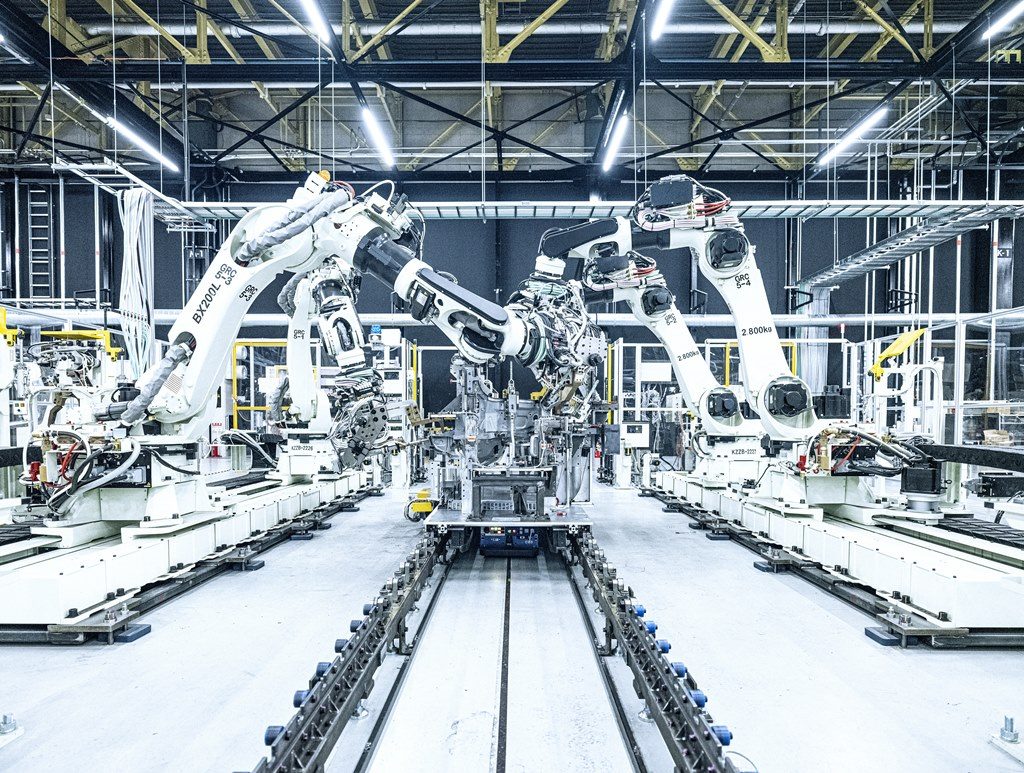
While the adoption of the new model might impact dealership profits by replacing variable dealership margins with fixed commissions, it is anticipated to bring forth several advantages. One such advantage is the assurance of consistent per-unit commissions, coupled with the reduction of inventory-holding expenses.
Although the profit margins from new car sales could be influenced, the sales of spare parts and after-sales services are expected to remain a lucrative sector.
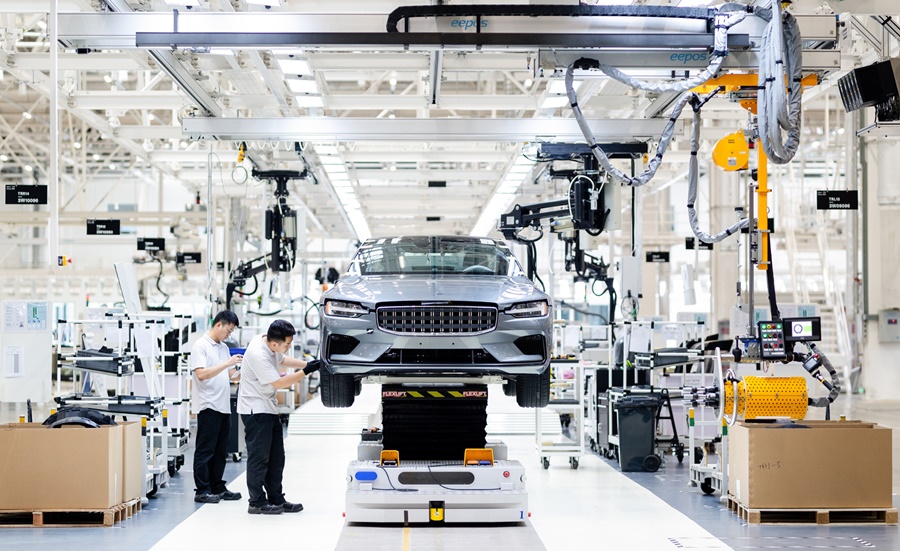
The extent of the impact on earnings largely depends on the proportion of earnings that was previously derived from new car sales. As per RHB research, the degree of impact is directly related to the percentage of earnings linked to this particular segment.





